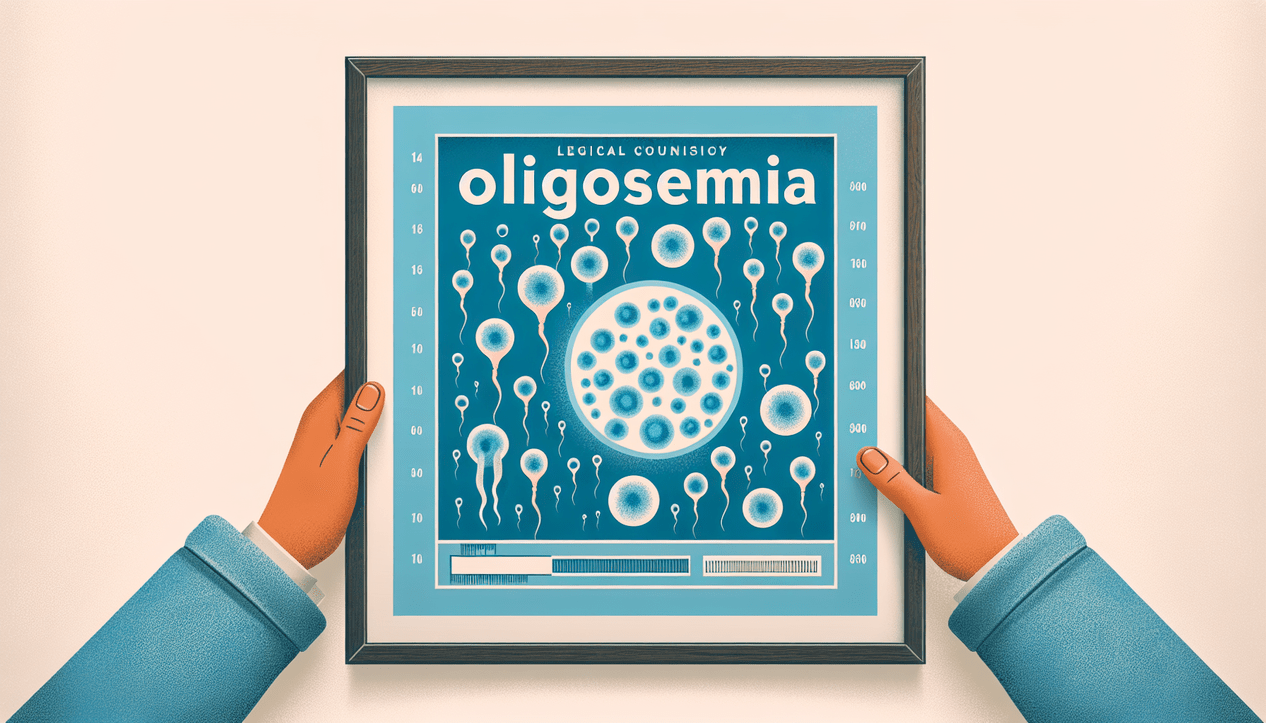Root canal therapy is one of the most common dental procedures aimed at saving a severely decayed or infected tooth. The treatment involves removing the infected or damaged pulp from the tooth, cleaning out the chamber, and then sealing it to prevent further infection. Afterward, the tooth is often restored with a crown to ensure its durability and function. While root canal therapy is highly effective in preserving a tooth and alleviating pain. Consult a skilled dentist for root canal in Tinley Park to ensure the best outcome.
Understanding Root Canal Treatment
Before diving into the potential for decay after treatment, it’s essential to understand how a root canal works. During the procedure, a dentist or endodontist accesses the inner chamber of the tooth where the nerve and blood vessels (the pulp) are located. If the pulp becomes infected due to deep decay or injury, a root canal is necessary to remove the infection and seal the area.
Once the pulp is removed, the empty space is cleaned, disinfected, and sealed with a material called gutta-percha. Often, the tooth is restored with a crown to provide added strength and protection, especially if the tooth is weakened from decay. The goal is to restore function and prevent further infection.
Can Decay Develop After a Root Canal?
Although root canal therapy can save a tooth, it doesn’t make it immune to further problems. It’s possible for decay to develop in the tooth after a root canal, but several factors must contribute to this happening. These factors generally involve how well the root canal procedure was completed and how the tooth is maintained afterward.
- Infection Due to Incomplete Cleaning or Sealing
One of the primary reasons a tooth may experience decay after a root canal is due to incomplete cleaning or improper sealing during the initial procedure. If any bacteria were left behind during the cleaning phase, it can cause re-infection of the tooth’s inner structure. Similarly, if the tooth is not properly sealed after treatment, bacteria may find its way back into the tooth and cause further decay.
In some cases, the filling or crown placed over the tooth may not fit securely, allowing bacteria to enter and infect the tooth again. This is why it’s critical to ensure the root canal is done thoroughly, with a proper seal and fit.
- Decay Around the Crown or Filling
Even if the root canal procedure itself is successful, decay can still occur around the crown or filling. The tooth that has undergone a root canal may not be as strong as it was originally, especially if a large portion of the tooth structure was removed during the treatment. Over time, the sealing material or the crown may wear down, crack, or become loose, allowing bacteria to seep into the remaining tooth structure and cause decay.
Regular dental checkups are essential to ensure that the crown or filling is intact and that no bacteria can access the tooth.
- Lack of Post-Treatment Care
Like any other dental procedure, proper post-treatment care is necessary to prevent further issues. After a root canal, the tooth is still susceptible to decay, especially if you neglect oral hygiene or continue to engage in harmful habits. If you don’t brush and floss regularly, plaque and bacteria can build up around the crown or filling, leading to decay.
Additionally, if you experience a crack in the tooth or crown, it can serve as an entry point for bacteria to cause further infection. Regular dental visits are important to monitor the health of the treated tooth and ensure that no issues arise.
- Tooth Fracture
A root canal-treated tooth is often more fragile than a healthy tooth, particularly if a large portion of the tooth structure was removed during the procedure. The tooth may fracture over time due to everyday wear and tear or from biting down on hard objects. A crack or fracture can expose the tooth to bacteria, leading to new decay and potentially reinfection of the tooth.
- Failure to Replace a Lost Crown
If the crown placed over your tooth after the root canal falls off or becomes damaged, the exposed tooth is vulnerable to further infection and decay. It’s crucial to replace or repair the crown immediately to protect the tooth from bacteria and environmental factors that could lead to decay.
How to Prevent Decay After a Root Canal
While decay after a root canal is possible, there are several steps you can take to reduce the risk:
Maintain Good Oral Hygiene: Brush your teeth at least twice a day, floss daily, and use an antimicrobial mouthwash to keep your mouth clean. This will help prevent plaque buildup and keep bacteria at bay.
Get Regular Dental Checkups: Visit your dentist in Tinley Park at least twice a year for checkups and cleanings. During these visits, your dentist can assess the health of your root canal-treated tooth and ensure that the crown or filling is intact.
Protect Your Teeth: Avoid biting on hard objects, and if you participate in contact sports, wear a mouthguard to protect your teeth from injury.
Pay Attention to Symptoms: If you experience pain, sensitivity, or any discomfort in your root canal-treated tooth, contact your dentist immediately. These could be signs of decay or re-infection that need prompt attention.
Conclusion
While root canal therapy is an effective way to save a damaged or infected tooth, it does not guarantee that the tooth will be free from future problems. Decay after a root canal is possible, but it usually results from improper sealing, inadequate post-treatment care, or the breakdown of the crown or filling. By maintaining good oral hygiene, scheduling regular dental checkups, and promptly addressing any issues, you can significantly reduce the chances of further decay and enjoy a healthy, functional smile for years to come.






